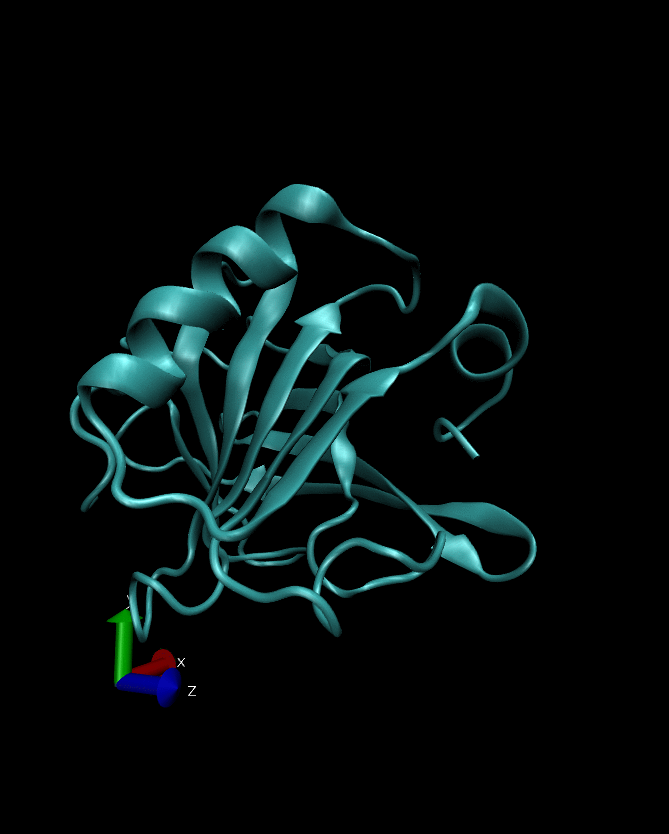
The Team
-
Abdullah Albalawi, Doctoral Student
-
Omar Castillo, Doctoral Student
-
Kiara Fenner, Doctoral Student
-
Gisele George, Doctoral Student
-
Jasmyn Johnson, Doctoral Student
-
Charles Cordts, Undergraduate Research Student
-
Jonathan Saenz, Undergraduate Research Student
-
Esteban Ramirez, Postgraduate Research Assistant
-
Nicholas Porter, Undergraduate Research Student
-
Tessa Hebert, Undergraduate Research Student
-
Jacqueline Bates, Undergraduate Research Student
ABOUT
Welcome to the webpage of the Molecular Biophysics group at the University of Texas at San Antonio.
The research activity in the group is focused on the development, the fundamental biophysical characterization and the applications of artificial photoreceptors. We investigate how photosensitizers conjugated to protein models can transform them into novel photoreceptor with non-native structural and functional properties
We also study the application of the protein/dye conjugates as vehicles to deliver the photosensitizers for biomedical applications.
CURRENT RESEARCH ACTIVITY
The overarching research activity of the group focuses on the engineering and application of artificial photoreceptors.
Photoreceptors are ubiquitous in nature. Almost every organism possesses at least one type of photoreceptor.
In general photoreceptors are systems evolved by organisms to convert the most inexhaustible source of energy (sunlight) into usable source of energy.
Plants, algae, bacteria, etc. are obvious examples where photoreceptors mediated the conversion of photon energy into storable fuel (e.g., carbohydrates).
Vision is another example of a sophisticated mechanism that depends on the conversion of photon energy. In this case photoreceptors mediate photon energy into electrical signals in excitable membranes. Many other examples of sophisticated photoreceptors exist in nature.
Almost always photoreceptors are constructs between a relatively small photoactive molecule and a protein. There are several types of photoactive molecules used by nature for photoconversion mechanisms: retinols, flavins, porphyrins, etc.
We are investigating the possibility to use this concept to turn into photoreceptors, proteins that natively do not have such property. These are what we define as ARTIFICIAL PHOTORECEPTORS.
We are considering a subset of globular proteins (such as albumin, lactoglobulin, lysozyme, etc.) and a series of photosensitizers, and i9nvestigate whether the photosensitizire donate light-induced functionality to the protein.
MODIFICATION OF PHOTOSENSITIZERS
INTERACTION OF PHOTOSENSITIZERS WITH PROTEIN MODELS
CONFORMATIONAL EFFECTS ON PROTEINS



In collaboration with the group of Dr. George Negrete in the Department of Chemistry we are functionalizing photosensitizers with maleimide, chloroacetyl or iodoacetyl groups in order to conjugate the photoactive molecules to proteins.
We are characterizing the non-covalent interactions between photosensitizers and proteins.
We are also characterizing biomolecular nanostructures formed by conjugating photosensitizers to free cysteines in protein containing a single cysteine residue.
We investigate whether the photosensitization causes conformational changes that can be linked to light-induced, non-native functional properties to the proteins.
ARTIFICIAL PHOTORECEPTORS FOR DRUG DELIVERY
PHOTOINACTIVATION OF MICROORGANISMS
EFFECTS OF PLASMONICS ON PROTEIN STRUCTURE AT THE INTERFACE WITH METAL NANOPARTICLES



We are investigating how the principles of artificial photoreceptors can be used to improve drug delivery to cancer cells.
We are investigating the use of protein/photosensitizers conjugates to target specifically microorganisms that cause food-borne and water-borne contamination.
We investigate experimentally and computationally the effect of the temperature rise caused by plasmonic modes on proteins adsrobed onto metal nanoparticles
TEACHING
Courses and Tools
PHYSICS FOR SCIENTISTS AND ENGINEERS I
(OPEN EDUCATION RESOURCES)
THERMAL PHYSICS
STATISTICAL MECHANICS



First semester of calculus-based introductory physics for science and engineering majors.
Uses Openstax and other open education resources
Online course for intermediate thermodynamics for undergraduate
Core graduate level course

